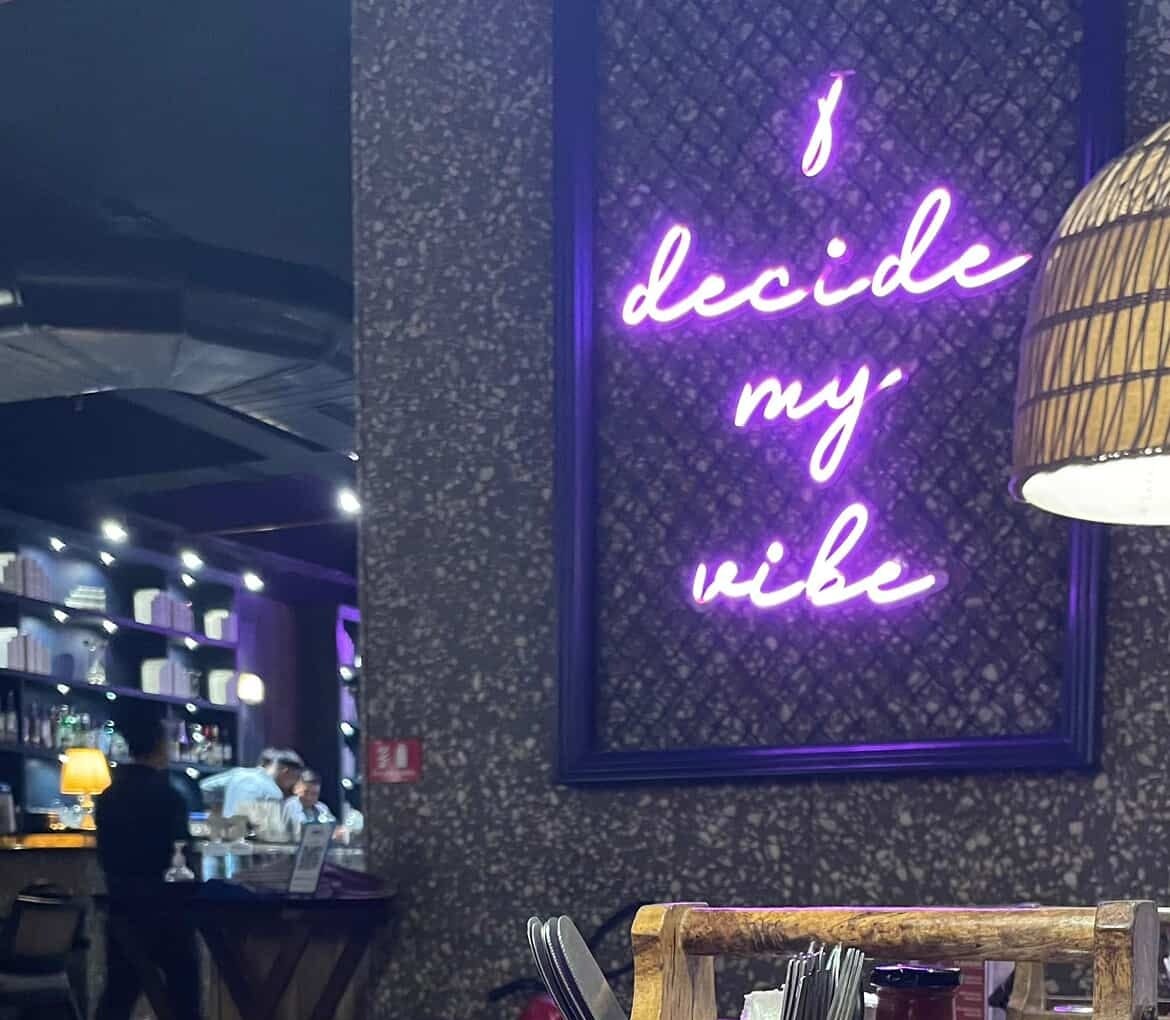Vibe Coding: Prototype Magic or Product Mirage?
How far can you really go with code written at the speed of thought?
AI “vibe coding” tools are having a moment. Platforms like Lovable, Bolt.New, V0 by Vercel, and conversational builders such as Gemini Canvas promise something once unthinkable: the ability to move from an idea to a working demo in hours.
I’ve been experimenting with them myself. In my product work, they’ve been invaluable for early buy-in. Instead of spending weeks creating wireframes in Figma or polishing flows in Adobe, I can now spin up a functional prototype that stakeholders can click, test, and react to. The impact on design resources, timelines, and initial budgets is hard to overstate.
But speed is only part of the story. The more interesting question is what happens after the demo.
The Fault Lines Emerging
When I initiated this conversation inside the 1% AI Club, Ramdas Narayanan raised an essential point: rapid prototyping is powerful, but it doesn’t erase the harder realities.
Debugging AI-generated code is messy. Traceability becomes unclear once complexity creeps in. And many vibe-coded proofs of concept will likely never reach production stability. Enterprises, in particular, must weigh long-term costs, security risks, and governance challenges against the short-term thrill of speed.
Another perspective that resonates with me: even if these tools were flawless (and they aren’t), the fundamentals don’t disappear. Problem definition, prioritisation, stakeholder alignment, customer validation, these are the true engines of product-building. Without them, vibe coding risks generating code that looks impressive but lacks purpose.
The consequence? We may soon see one of the highest churn rates in recent tech history. People will burn credits, spin up prototypes, hit the limits, and walk away.
The novelty of “prompt-to-product” magic won’t sustain without substance.
From Magic to Maturity
So where does that leave us?
I don’t see vibe coding as a threat to engineers, designers, or product managers. Instead, I see it as a shift in where their expertise shows up. Engineers may spend less time on boilerplate scaffolding and more on stress-testing, scaling, and securing. Designers may sketch less and validate more. PMs may find themselves less in the weeds of deliverables and more in the discipline of framing problems clearly.
In that sense, vibe coding is less a replacement and more a new layer of collaboration.
It accelerates workflows, but it can’t replace the rigor of building products that endure.
An Analogy Worth Considering
To me, vibe coding right now feels a lot like the early days of 3D printing. Incredible for rapid prototypes. Powerful for showcasing ideas. Game-changing in how it collapses time between concept and artifact. But no one is 3D printing skyscrapers or aircraft carriers. For the heavy lifting, you still need robust infrastructure, precision engineering, and skilled expertise.
That doesn’t make the tool less valuable, it just means we need to be clear-eyed about where it fits in the lifecycle.
The Open Question
Vibe coding is still in its experimental adolescence. It’s already expanding the possibilities for solo creators, startups, and enterprises alike. But whether it matures into a foundation for production-grade software or remains a fast lane to abandoned prototypes - depends less on the tools themselves and more on how we, as product leaders, engineers, and strategists, choose to wield them.
So I’ll leave it here for the community:
-Is vibe coding the next big enabler of innovation?
-Or just a short-term thrill that collapses once the novelty fades?
I suspect the truth lies somewhere in the middle. But it’s in that middle ground between speed and stability, magic and maturity - that the future of product-building will be rewritten.
Hey, I also write newsletter on LinkedIn. Feel free to subscribe to The Strategy Spark
Hi, I drive Innovation, Strategy & Growth Through Product Leadership. In case if you're looking for a product leader who challenges the status quo, fosters innovation, and delivers tangible business value, let’s connect
Until next post,
Sanghamitra


